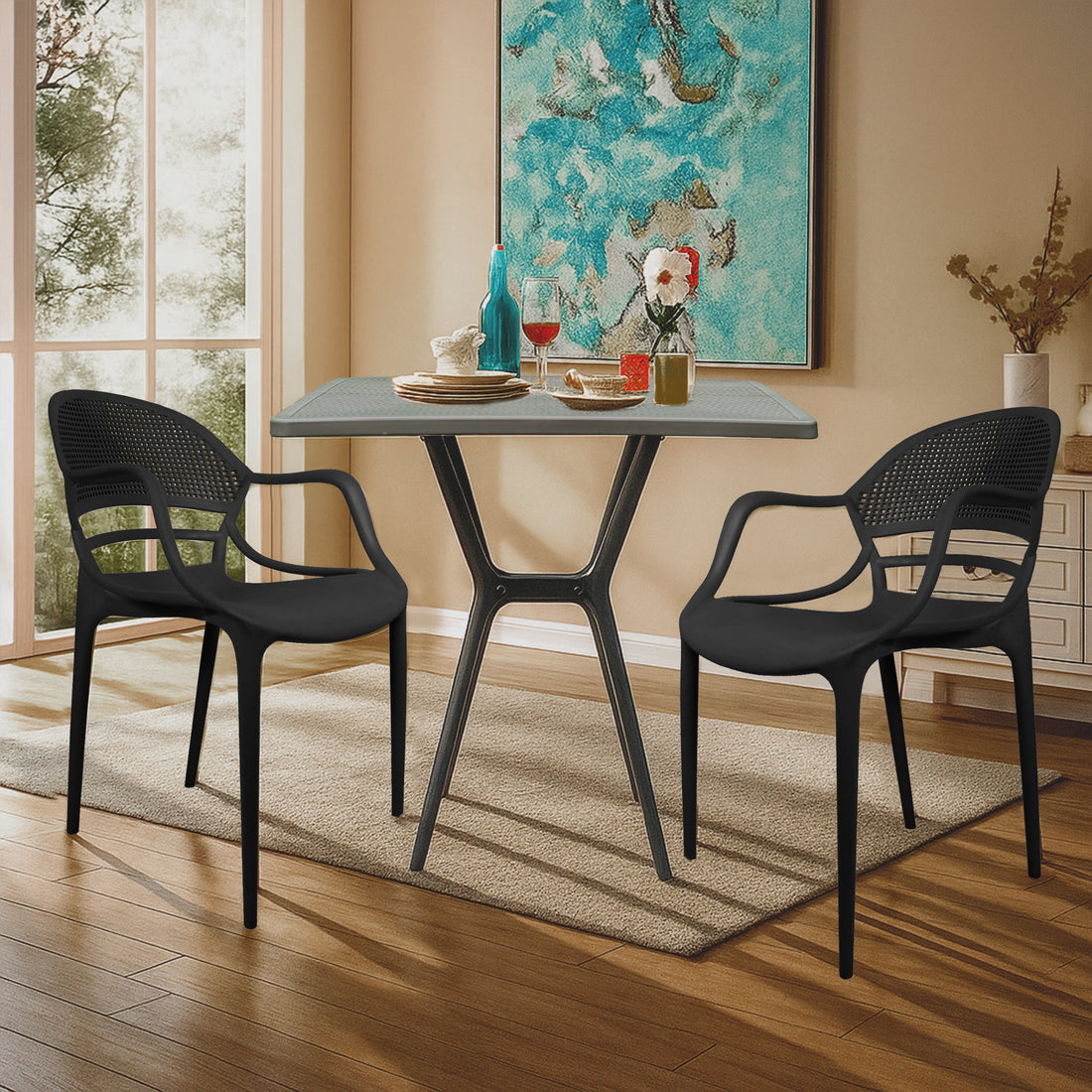
The Safety Aspect: Load-Bearing and Stability of Plastic Chairs
Share
Plastic chairs are omnipresent in homes, provide, cafes, and public areas because they are logically cheap and. priced. However, beyond convenience, safety is always a concern injured
the situation involving load-bearing capability and stability. Awareness of these safety features ensure that plastic chairs are trustworthy and long-lasting for daily use.
Understanding Load-Bearing Capacity
The bearing capability of a plastic chair is the weight ability the chair without deformation or failure. This is determined by a number of factors, like the plastic material used, chair design, and production process.
Plastic chairs are predominantly produced using polypropylene (PP), polyethylene (PE), or poly carbonate (PC). Polypropylene is the most widespread material, being strong and cost-effective, but poly carbonate gives more strength. and rigidity for heavy-duty applications.
Producers test capability of the load with fervour to comply with industry safety standards. A normal plastic chair holds between 100 kg and 150 kg (220 lbs to 330 lbs), For example. The heavy-duty versions used in commercial environments carry up to 200 kg (440 lbs) or more.

Customers are encouraged to refer to the manufacturer's stated weight limit. Going above this may cause the chair to deform, crack, or collapse suddenly, and injury risk is improved.
The Significance of Stability
Stability describes how a chair can stay upright and stable under regular and unbalanced loads. Though the chair may be able to carry the weight, instability can lead to tipping, and accidents occur.
There are a number of factors that influence stability:
Leg Design: Wide-set legs or a slightly canted stance increase stability than the narrow or vertical-legged chair.
Centre of Gravity: Decreased seat height decreases the heart of gravity, which increases stability.
Floor Contact Points: Sliding prevention is facilitated by non-slip feet or rubber pads, injured
on smooth floors.
Plastic chairs are designed by manufacturers with ergonomics and stability in their factors, taking taken taking into and confirmed joints, cross-bracing, and careful leg geometry to maximize balance.
Safety Standards and Certifications

All over the world, several safety standards check that plastic chairs have at least a minimum stability. In Europe, for example, EN 12520 sets out the requirements for safety in addition to the test methods for domestic chairs and includes factors like strength, durability, and stability. In the US, ASTM standards like MAST D7263 provide specifications for plastic chairs testing.
When buying plastic chairs, ensure that they have been certified by Supervisors or compliance stamps that ensure that the product has undergone thorough safety testing.
Shared Hazards and How to Prevent Them
Plastic Misuse of seats can cause accidents even when the chair itself is properly designed. Shared hazards are:
Overloading above defined weight limitations.
Using chairs on stairs or rough surfaces.
Sitting on plastic chairs when one should use proper ladders.
Ignoring readily apparent damage like cracks or loose joints.
For safety's sake:

Always follow the manufacturer's weight allowance.
Put chairs on flat, level surfaces.
Exchange chairs that exhibit every sign of harm.
Avoid temporary uses like standing or overbalancing.
Although plastic chairs provide an affordable, transportable, and adjustable seating solution, ability to carry loads and stability are such safety factors that must never be ignored. Having an understanding of material quality, design aspects, and industry standards, customers can make effective decisions and make use of plastic chairs in in a safely.
In the modern era where comfort, affordability, and functionality are paramount, giving priority to safety means plastic chairs keep their function without being sacrificed. For domestic, business, or public consumption, a safe plastic chair is one that is intelligently designed and put to use.
